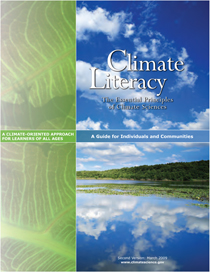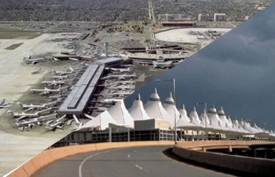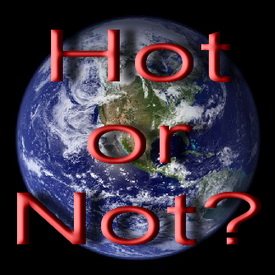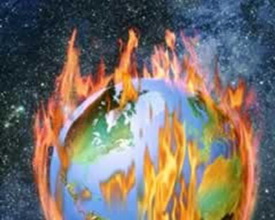
It only took 14 years but Denver finally has an official monitoring station near downtown again. The new station amongst the greens of City Park Golf Course finally gives residents of Denver a place to see what the weather is doing closer to home.
With the opening of Denver International Airport in 1995, the National Weather Service moved its station to the new airport. That distance of 12 miles from the old Stapleton facility to DIA confounded citizens, television meteorologists and weather enthusiasts as they all noted that no one lives out at the airport and the conditions reported there do not reflect what is happening closer to town.
Recognizing the problem, a public-private partnership came together to do what they could to rectify the problem. The City and County of Denver, the Denver Museum of Nature and Science, the National Weather Service and NOAA, 7News Chief Meteorologist Mike Nelson and Colorado State Climatologist Nolan Doesken identified a site for the new station.
Eclar Fence and Mercury Electric donated the infrastructure for the new site. Weather equipment manufacturer Vaisala donated the weather monitoring hardware and services, estimated at up to $60,000.
- You can view the data from the new station right here on ThorntonWeather.com. Visit our ‘Station Historical Data’ page and select ‘Denver (City Park)’ from the dropdown box.
Certainly there is little doubt the new station will provide area residents the ability to view conditions closer to where they actually live. The new station will not however address the very real problem of Denver’s climate records having been altered since the move to DIA. The National Weather Service has said the official records for Denver will still come out of DIA and as such many believe those records come with an asterisk.
 Why is there still a problem with Denver’s climate records? What does the new station look like? Check out the complete story including photos of the station, an interactive map and more on Examiner.com.
Why is there still a problem with Denver’s climate records? What does the new station look like? Check out the complete story including photos of the station, an interactive map and more on Examiner.com.










